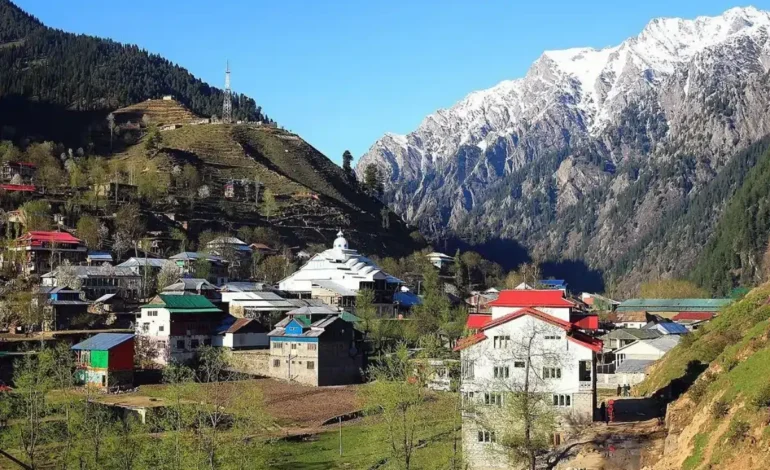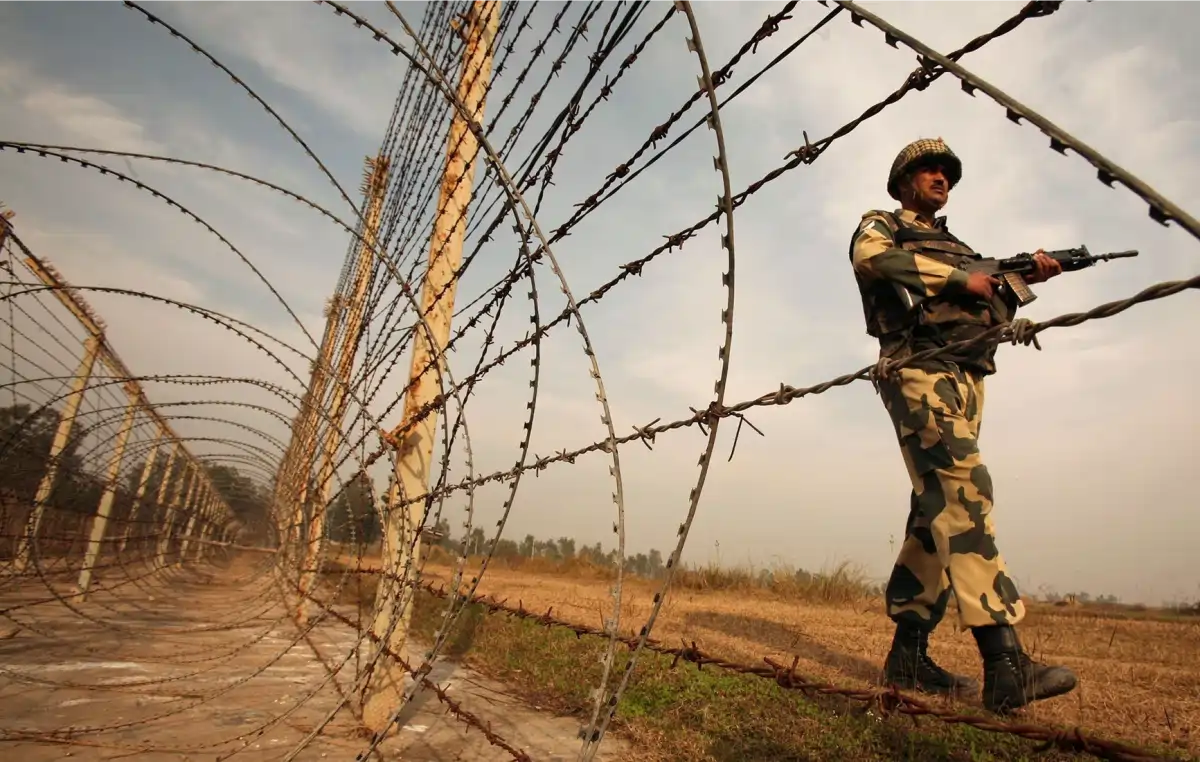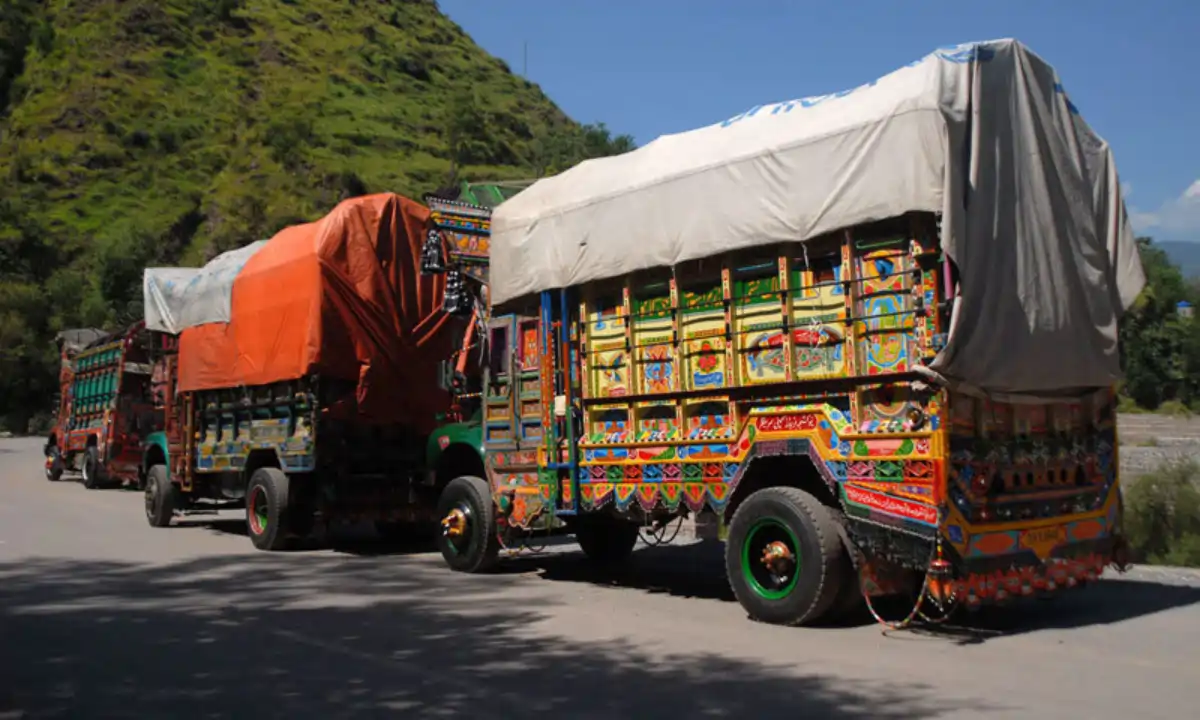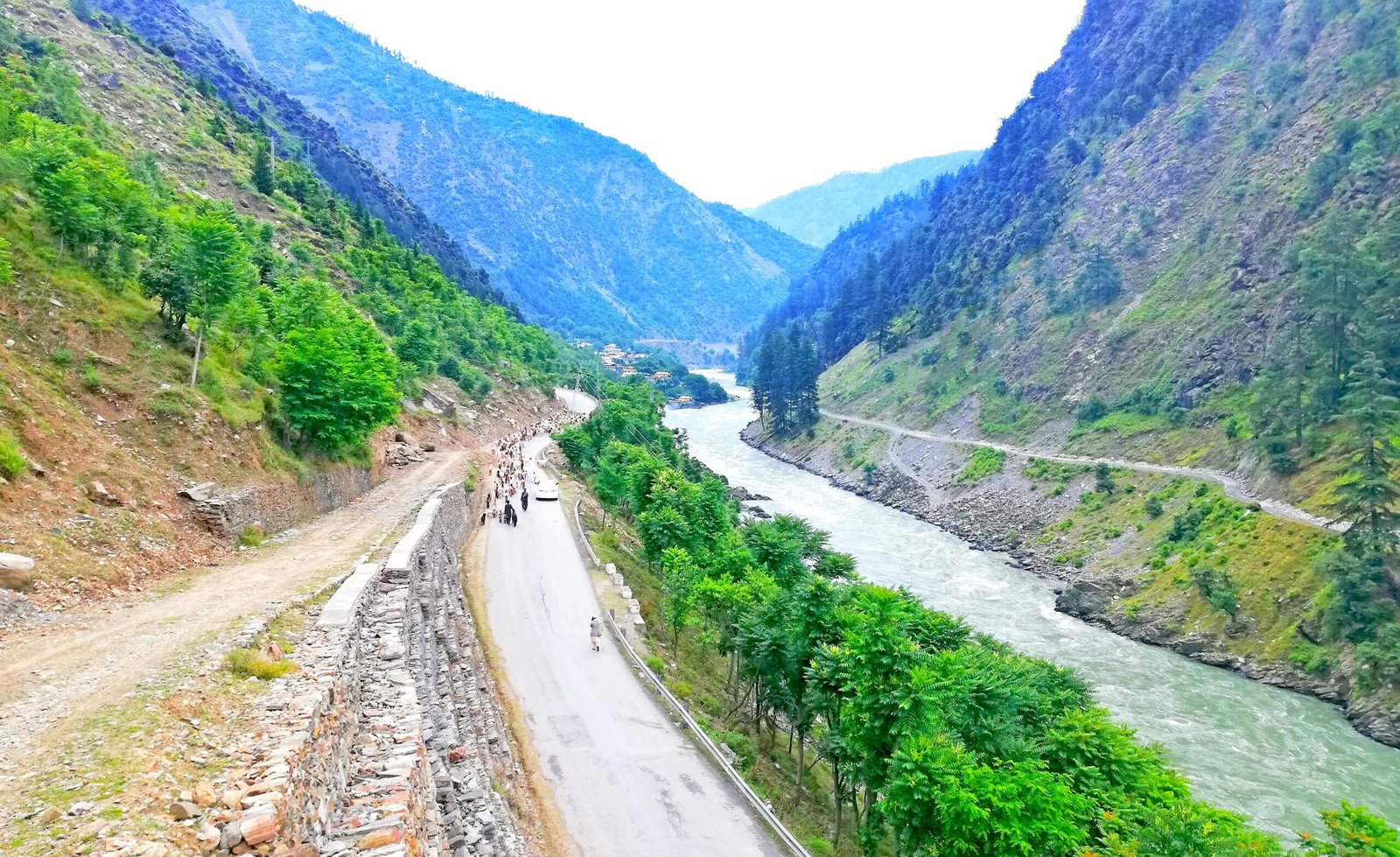
Cross-LoC Trade: A Path to Peace and Prosperity in Kashmir
Kashmir, a locale saturated with history and struggle, has seen many efforts to construct harmony and encourage participation between its separated parts. Perhaps the most striking drive as of late
Kashmir, a locale saturated with history and struggle, has seen many efforts to construct harmony and encourage participation between its separated parts. Perhaps the most striking drive as of late is the cross-line of Control (LoC) exchange. This exchange points to helping the neighborhood economy as well as constructing spans between networks partitioned by the Kashmir struggle. In this blog, we’ll explore how cross-LoC exchange is reshaping connections, its effect on both Azad Kashmir and Indian-regulated Kashmir, and the obstacles it faces. We’ll likewise view the future capability of this exchange as an instrument for harmony.
What Is Cross-LoC Trade?
The concept of cross-LoC trade is simple: it involves the exchange of goods between the two sides of Kashmir, separated by the Line of Control (LoC). The initiative began in 2005 as part of efforts to promote peace and confidence-building between India and Pakistan. Initially, the trade was modest, based on a barter system where goods were exchanged without money. Over time, however, it has grown, with more goods crossing the LoC, and new trade routes being established.
Though small in scale, cross-LoC trade has become an important symbol of cooperation in a region that has long been divided by political conflict.
The Economic Impact of Cross-LoC Trade on Azad Kashmir
- Trade over the Line of Control has significantly boosted Azad Jammu and Kashmir’s economy. The trade of goods like handicrafts, saffron, dry fruits, and agricultural products like almonds and walnuts from the other side of the Line of Control opened up new prospects for this region, which has historically relied on agriculture and remittances.
- Producers in Azad Kashmir were now able to reach a wider market by selling their products to Indian-administered Kashmir. In a similar vein, Azad Kashmir profited from having access to items that would otherwise be hard to find.
- Local industries and small companies grew as a result of trade. The region’s transportation and logistics industries grew as a result of the increased demand for commodities, which also created more job possibilities. This has a favorable knock-on effect on infrastructure development and jobs.
The Social Impact of Cross-LoC: Reconnecting Divided Families and Communities
One of the most powerful effects of cross-LoC trade is its ability to rebuild social ties between families and communities torn apart by decades of conflict. For years, Kashmiris on both sides of the border were isolated, unable to communicate or visit each other freely. Trade has allowed for cultural exchanges, where products, stories, and traditions could be shared, helping to mend some of the emotional and psychological scars left by the conflict.
- Reuniting Families: For many families divided by the LoC, the trade has been a lifeline. Goods often carried messages and personal tokens between loved ones. It was a way for families to feel connected, even when politics kept them apart.
- Cultural Integration: Both sides of the LoC share similar cultural and linguistic heritage. The trade-in handicrafts, traditional foods, and tourism-related products have allowed both regions to appreciate each other’s cultural richness.
Cross-LoC Challenges: Security, Politics, and Limited Scope
While cross-LoC trade has brought positive changes, it hasn’t been without its challenges. The ongoing Kashmir conflict and the military presence on both sides of the LoC continue to pose significant obstacles. Here are the key challenges:

1. Security Concerns:
The security situation remains a major concern for those involved in cross-LoC trade. With frequent military skirmishes along the LoC, trade routes have sometimes been temporarily closed, disrupting the flow of goods. These security tensions not only endanger the physical safety of traders but also undermine the stability of the trade itself.
2. Political and Bureaucratic Barriers:
The political sensitivity surrounding Kashmir often results in delays and restrictions on trade. Both India and Pakistan have strict policies that govern the movement of goods and people across the LoC. The barter system used for trade, while a step forward, is not as efficient as it could be, and there’s a lack of formal trade agreements that can regulate and expand trade. Trade is still subject to frequent disruptions due to shifts in diplomatic relations.
3. Limited Scale of Trade:
Despite its growth, the overall scale of cross-LoC trade remains modest. The barter system, which limits the value and variety of goods exchanged, and the lack of a formal currency exchange system restrict the potential for larger-scale economic cooperation. Compared to trade between other parts of South Asia, the volume of trade across the LoC is relatively low.
The Future of Cross-LoC Trade: Pathways to Growth
Despite its challenges, cross-LoC trade holds immense potential to foster both economic growth and long-term peace. Here are a few ways this initiative could be expanded:
1. Improved Infrastructure:
To enhance the efficiency of cross-LoC trade, both India and Pakistan need to invest in infrastructure such as modernized roads, customs facilities, and warehouses. This would facilitate smoother and faster movement of goods and reduce bureaucratic delays. Improved transportation networks would not only ease trade but also benefit local economies on both sides of the LoC.
2. Formalizing Trade Agreements:
Moving towards a formal trade agreement between India and Pakistan could open up new opportunities. This would include reducing trade barriers, allowing for currency exchange, and establishing protocols to address security concerns. A regulated trade framework would provide the stability and predictability needed for businesses to thrive.
3. Private Sector Involvement:
Encouraging private businesses from both sides of the LoC to take part in the trade can unlock its full potential. The private sector could help improve logistical operations, invest in infrastructure, and create new business opportunities, thereby boosting the economy on both sides of the border.
4. Tourism and Cultural Exchanges:
In addition to goods, tourism could be another way to build stronger ties. Both regions of Kashmir boast stunning landscapes, from the serene Dal Lake in Srinagar to the picturesque valleys of Muzaffarabad and Rawalakot. Promoting tourism exchanges could not only bring economic benefits but also serve as a platform for peace-building. Joint tourism initiatives, such as cultural festivals and cross-border travel packages, could foster mutual understanding and create a sense of shared identity.
Cross-LoC: A Path Forward for Kashmir
Cross-LoC trade represents a powerful symbol of hope in a region that has been plagued by conflict for decades. While it faces significant challenges, the potential for peace, prosperity, and cooperation is undeniable. With better infrastructure, political cooperation, and private sector involvement, cross-LoC trade could flourish and help pave the way for a more peaceful and prosperous future for the people of Kashmir.

By promoting mutual economic interests and fostering people-to-people exchanges, the trade has the power to transform the region’s future and bring divided communities closer together, one step at a time.








